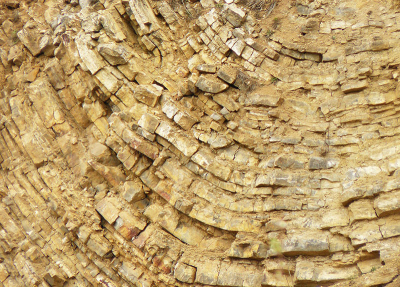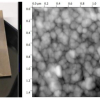
The nature and potential uses of a sedimentary rock depends on the size of the particles or grains that they are composed from, and particle sizing is an important part of rock classification. A group of researchers led by Iacopo Osticioli of Istituto di Fisica Applicata “N. Carrara”, Florence, Italy has shown that it is possible to size particles and identify rock samples rapidly and accurately while they are being quarried using a portable Raman spectrometer.
Limestone is a sedimentary, calcareous rock—that is, one made up principally of calcite and other minority minerals with variable grain dimensions. Each type produces a different quality of quicklime for specific industrial applications. It can be classified according to the sizes of the grains it is composed of, and each type has a different range of industrial uses. Previous research has shown that the intensity of Raman spectral signals, and of the background, will depend on the particle or granule sizes of the sample tested. Osticioli and his co-workers set out to quantise this effect and to use the information to see whether it would be possible to classify rocks in situ, in a quarry, using a portable instrument.
They examined a set of rock samples that had been classified by experts, rock pellets and crystalline calcite powder with the portable spectrometer, it showed that there was a clear correlation between Raman signal and particle size, and obtained a calibration curve. “This demonstrates that this technique can provide trustworthy information about mineral fabric”, says Osticioli. The apparatus is portable and small enough to be used during quarrying, and it produces results rapidly.
Osticioli and his team now intend to refine the calibration curve to make size assessment, and therefore mineral particle-size correlation, more precise. “And the technique can be extended to other minerals that are quarried for other industrial purposes,” he concludes.














